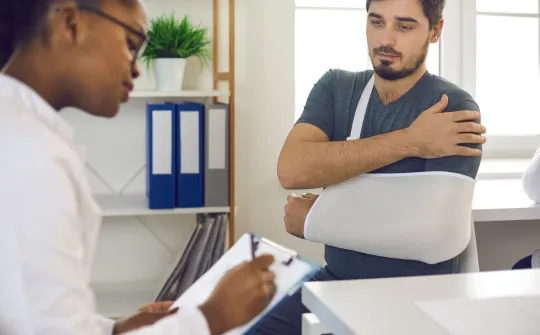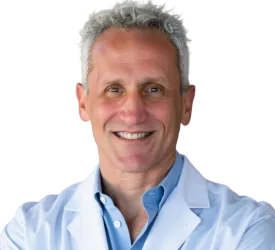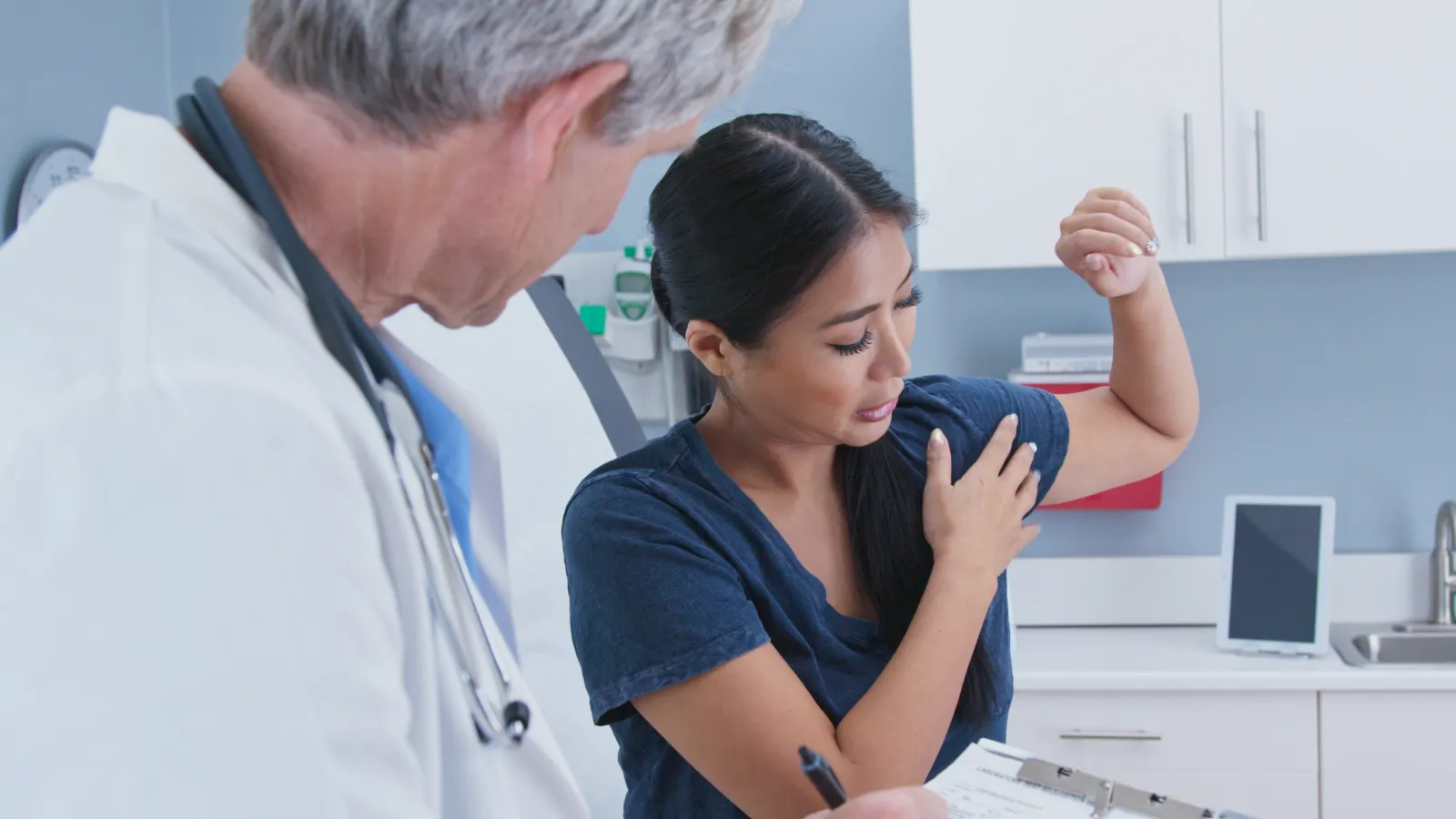
Noninvasive and Surgical Treatment for Rotator Cuff Injuries
Rotator Cuff Muscles
The rotator cuff consists of tendons and muscles surrounding the shoulder joint, holding the upper arm bone in its socket. Rotator cuff injuries can be painful and frustrating. Our team at the Orthopaedic Specialists of Austin provides noninvasive and surgical treatment for rotator cuff injuries at our Austin, TX, and Leander, TX, offices. Contact us today to take your first step toward restoring your shoulder.
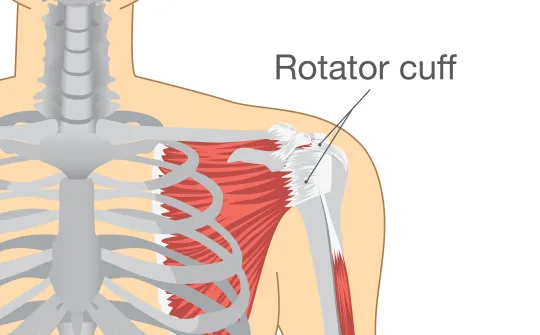
Our Shoulder Expert
What is a Rotator Cuff Injury?
Rotator cuff injuries range in severity from tendon inflammation to complete tears. Patients often complain of a dull ache deep in the shoulder, weakness, and a severely reduced range of motion. If left untreated, these injuries can lead to permanent stiffness, weakness, or progressive degeneration of the muscles and tendons.
The most common causes include:
Immediate injury
Gradual wear and tear
Bone Spur Development
Conservative Treatment Options
Rest, ice, and physical therapy can play a major role in recovery. Physical therapy can restore flexibility and strength. In some cases, these solutions eliminate pain and restore function completely.
If these treatments are ineffective and pain is interfering with sleep or daily routines, steroid injections into the shoulder joint can help. However, overuse of steroids can contribute to tendon weakening, so this treatment is used sparingly.
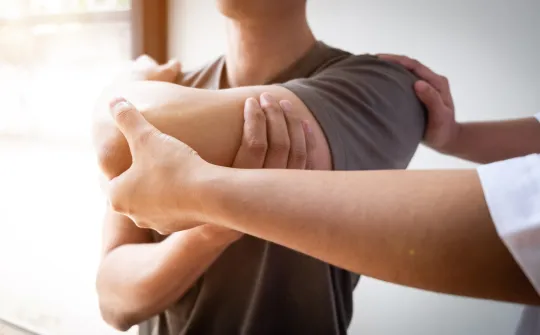
Recovery
After surgery, patients need to wear an immobilizer for up to six weeks to prevent arm movement and potential damage during recovery. Meanwhile, extended immobility can lead to a "frozen" shoulder, so recovery involves a series of exercises that become increasingly vigorous over time. Full recovery and improved movement may take up to a year.
